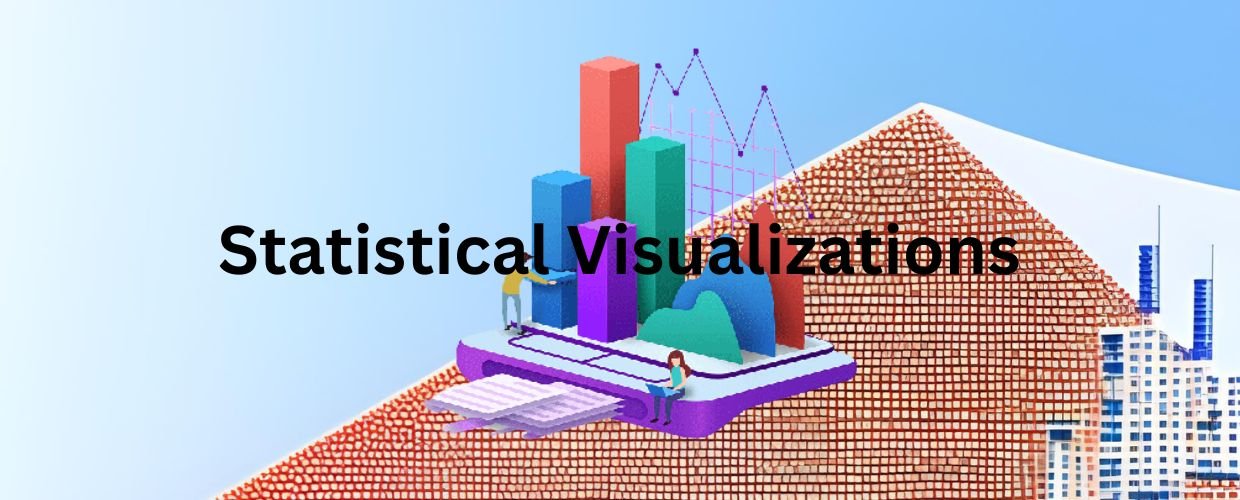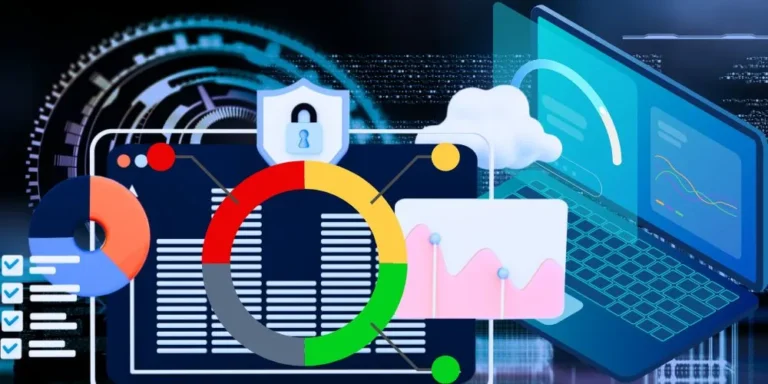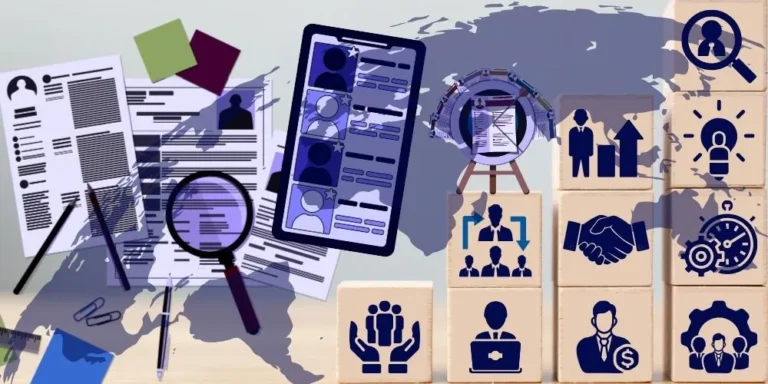In today’s data-driven world, extracting meaningful insights from large and complex datasets is essential for informed decision-making. Statistical visualization is a powerful tool that enables individuals and organizations to explore, understand, and communicate data patterns, trends, and relationships. By leveraging visual representations of statistical information, we can unlock the potential of data and transform it into actionable knowledge. This article explores the significance of statistical visualization, its key principles, and impact on data analysis and communication.
The Power of Statistical Visualization
Statistical visualization bridges the gap between data and human cognition. It provides a visual language that allows us to comprehend complex information quickly and intuitively. Here are some reasons why statistical visualization is powerful.
Enhancing Data Comprehension
Visual representations simplify complex datasets and make them more accessible to a wider audience. By translating numbers and statistics into visual elements such as graphs, charts, and maps, statistical visualization enables individuals to grasp trends, patterns, and outliers easily. It facilitates data comprehension and empowers users to make data-driven decisions.
Uncovering Patterns and Trends
Statistical visualization helps uncover hidden patterns, trends, and relationships within data. Through various visualization techniques, such as scatter plots, line graphs, and heat maps, individuals can identify correlations, dependencies, and anomalies that may not be apparent in raw data. Visualizing data enables us to recognize insights and better understand the underlying phenomena.
Supporting Data Analysis
It complements data analysis by providing a visual framework for exploring and interpreting data. It lets users interact with data visually, allowing for dynamic exploration and hypothesis testing. Through interactive features, individuals can filter, drill down, and manipulate data visualizations to gain deeper insights and explore different perspectives.
Facilitating Effective Communication
Visualizations have the power to convey complex ideas and findings concisely and compellingly. By presenting data visually, statistical visualization facilitates effective communication of insights to a broader audience. Visual representations engage viewers, communicate information more efficiently, and enable stakeholders to understand and act upon data-driven insights.
Key Principles of Statistical Visualization
There are a few key principles to remember when it comes to statistical visualization. First and foremost, the data should be accurately represented in a way that is easy to understand.
Choose Appropriate Visual Representations
Selecting the right visual representation is crucial for effective statistical visualization. Different types of data require different visual encodings. For example, bar charts are suitable for comparing categorical data, line graphs for illustrating trends over time, and scatter plots for exploring relationships between variables. Understanding the nature of the data and the message you want to convey helps select appropriate visualizations.
Emphasize Data Accuracy and Integrity
Maintaining data accuracy and integrity is vital in statistical visualization. Avoid distorting or misrepresenting data through inappropriate scaling, misleading axes, or inaccurate labeling. Ensure that visual elements accurately reflect the underlying data values to maintain credibility and prevent misinterpretation.
Simplify and De-Clutter Visuals
Simplicity is key in statistical visualization. Avoid cluttering visuals with excessive details or unnecessary elements that can overwhelm viewers. Focus on presenting the essential information and eliminate any visual noise distracting from the main message. Clear and uncluttered visuals facilitate easier interpretation and understanding.
Use Color and Contrast Wisely
Color and contrast play a significant role in statistical visualization. Use color strategically to highlight important data points, categories, or trends. Ensure that color choices are accessible to all viewers, considering color blindness and contrast ratios. Effective use of color can enhance the visual hierarchy, draw attention, and convey additional information.
Provide Context and Annotations
Contextual information and annotations add clarity to statistical visualizations. Provide clear titles, labels, and axis descriptions to guide viewers in understanding the data. Use captions, legends, or explanatory notes to provide context, define terms, or explain data sources. These elements help viewers interpret the visualizations accurately.
The Impact of Statistical Visualization
The impact of statistical visualization must be balanced. When done correctly, it has the power to communicate complex data in a way that is easy to understand and remember.
Improved Decision-Making
Statistical visualization empowers individuals to make informed decisions based on data-driven insights. By presenting data visually, decision-makers can quickly identify trends, outliers, and patterns, enabling them to make more accurate and impactful choices. Visual representations facilitate a deeper understanding of complex information, leading to better decision outcomes.
Enhanced Data Exploration and Discovery
Statistical visualization allows users to explore and discover insights within data more effectively. Interactive features enable users to interact with visualizations, filter data subsets, and explore different variables or dimensions. This iterative process facilitates data exploration, hypothesis testing, and the discovery new relationships and patterns.
Effective Communication and Stakeholder Engagement
It improves communication and engagement with stakeholders. Visual representations simplify complex concepts, enabling non-technical audiences to understand and interpret data. Visualizations facilitate effective storytelling, allowing the presenters to communicate data-driven insights with clarity, impact, and engagement.
Facilitation of Data-Driven Culture
It plays a vital role in fostering a data-driven culture within organizations. By making data more accessible and understandable, visualization encourages individuals to embrace data in their decision-making processes. It promotes data literacy, encourages collaboration, and empowers individuals across the organization to leverage data effectively.
Conclusion
Statistical visualization is a powerful tool that unlocks the potential of data by making it accessible, understandable, and actionable. By leveraging visual representations, individuals can comprehend complex information, uncover patterns, support data analysis, and communicate insights effectively. Adhering to key principles of statistical visualization ensures accurate representation, simplicity, and clarity.
The impact of statistical visualization extends to improved decision-making, enhanced data exploration, effective communication, and the establishment of a data-driven culture. Embracing it enables organizations to leverage the full potential of their data and gain a competitive edge in a data-rich world.







